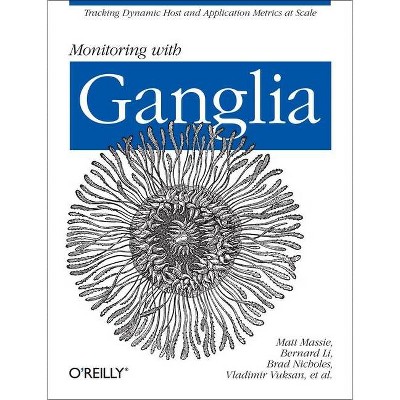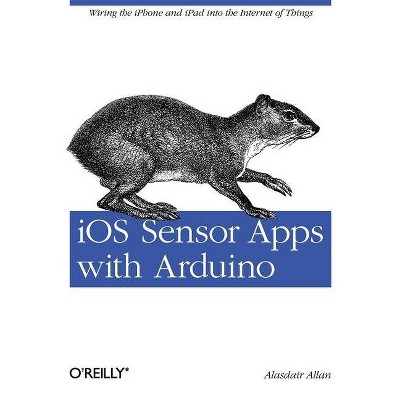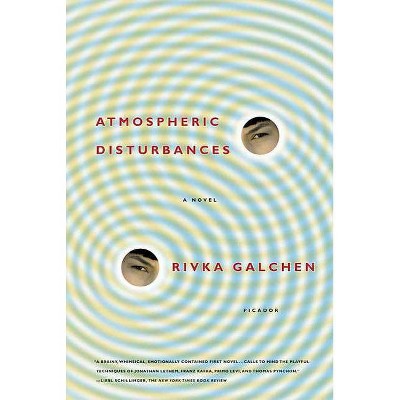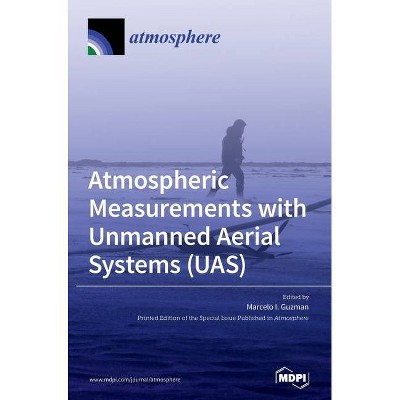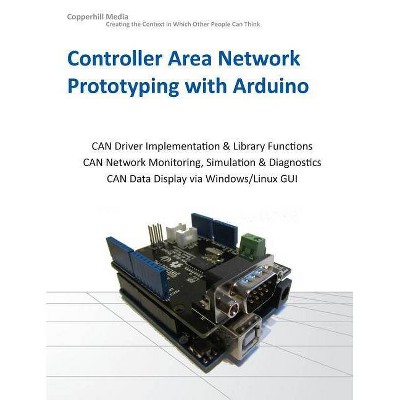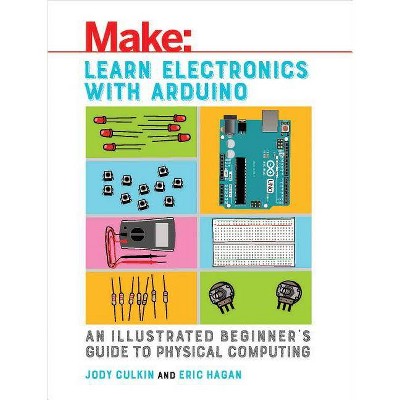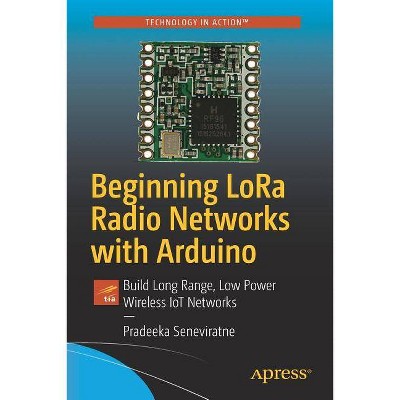Atmospheric Monitoring with Arduino - by Patrick Di Justo & Emily Gertz (Paperback)
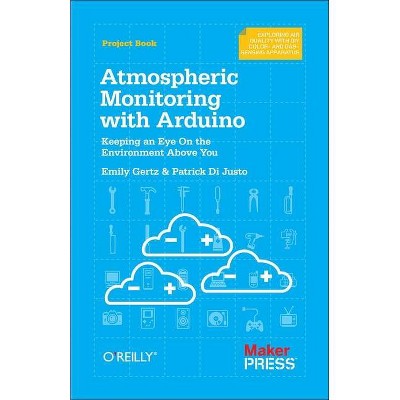
Similar Products
Products of same category from the store
AllProduct info
<p/><br></br><p><b> Book Synopsis </b></p></br></br><p>Makers around the globe are building low-cost devices to monitor the environment, and with this hands-on guide, so can you. Through succinct tutorials, illustrations, and clear step-by-step instructions, you'll learn how to create gadgets for examining the quality of our atmosphere, using Arduino and several inexpensive sensors.</p><p>Detect harmful gases, dust particles such as smoke and smog, and upper atmospheric haze--substances and conditions that are often invisible to your senses. You'll also discover how to use the scientific method to help you learn even more from your atmospheric tests.</p><ul><li>Get up to speed on Arduino with a quick electronics primer</li><li>Build a tropospheric gas sensor to detect carbon monoxide, LPG, butane, methane, benzene, and many other gases</li><li>Create an LED Photometer to measure how much of the sun's blue, green, and red light waves are penetrating the atmosphere</li><li>Build an LED sensitivity detector--and discover which light wavelengths each LED in your Photometer is receptive to</li><li>Learn how measuring light wavelengths lets you determine the amount of water vapor, ozone, and other substances in the atmosphere</li><li>Upload your data to Cosm and share it with others via the Internet</li></ul><p>The future will rely on citizen scientists collecting and analyzing their own data. The easy and fun gadgets in this book show everyone from Arduino beginners to experienced Makers how best to do that.<br/>--Chris Anderson, Editor in Chief of <i>Wired</i> magazine, author of Makers: The New Industrial Revolution (Crown Business)</p><p/><br></br><p><b> About the Author </b></p></br></br><p>Patrick Di Justo is a contributing editor at Wired magazine, where he writes the magazine's monthly What's Inside column, and the author of The Science of Battlestar Galactica (Wiley, October 2010). His work has appeared in Dwell, Scientific American, Popular Science, The New York Times, and more. He has worked as a robot programmer for the Federal Reserve, and knows C, C++, Java, and Processing. He bought his first Arduino in 2007.</p><p>Emily Gertz is a correspondent for OnEarth Magazine. She has been covering DIY environmental monitoring since 2004, when she interviewed engineer-artist Natalie Jeremijenko for Worldchanging.com. Her latest, on citizen radiation monitoring in Japan, was published by OnEarth Magazine in April 2011. She has been hands-on with internet technologies since 1994 as a web producer, community host, and content strategist. Her articles have appeared in Grist, Dwell, Scientific American, Popular Mechanics, and more.</p>
Price History
Cheapest price in the interval: 5.99 on November 8, 2021
Most expensive price in the interval: 5.99 on December 20, 2021
Price Archive shows prices from various stores, lets you see history and find the cheapest. There is no actual sale on the website. For all support, inquiry and suggestion messagescommunication@pricearchive.us

